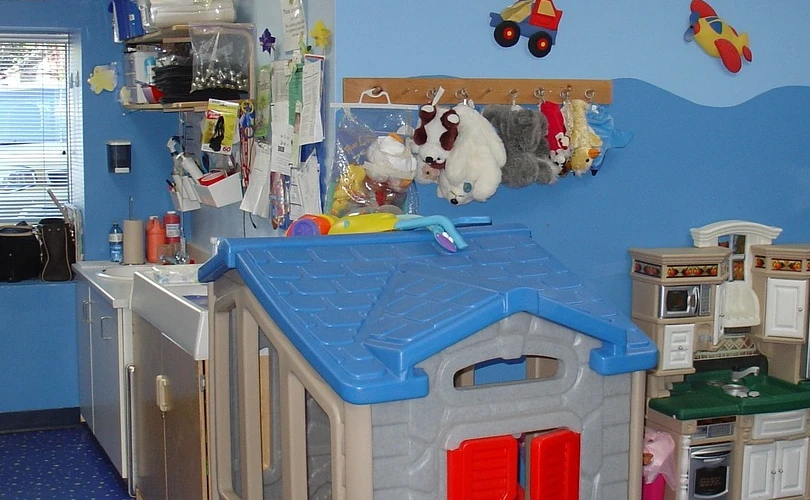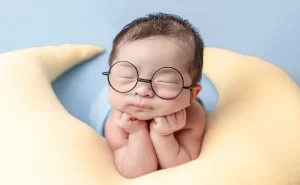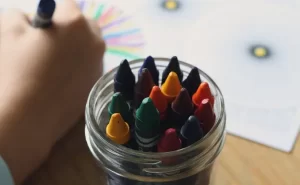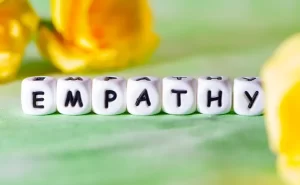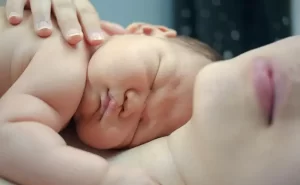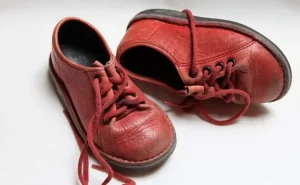Prosthetic Reconstruction for Children
Prosthetic reconstruction, often called pediatric prosthetics, involves using artificial limbs or devices to replace lost or partial limbs in children.
These prostheses are intended to fulfill the specific demands of a developing child, allowing them to participate in daily activities and play as much as possible.
Here’s an overview of prosthesis reconstruction for kids:
Types of Prosthetic Reconstruction:
Upper Limb Prosthetics replaces missing hands, arms, or arm parts. Infants can use passive devices, whereas myoelectric prostheses provide more advanced control, and activity-specific attachments are available for sports or hobbies.
Lower Limb Prosthetics can replace missing feet, legs, or leg portions. Prosthetic legs can be tailored to certain activity levels; some may even be extensible to accommodate growth spurts.
Benefits of Prosthetic Reconstruction:
Improved movement and Independence: Prosthetics can help children regain movement and function, allowing them to carry out everyday duties, play, and engage in physical activities.
Early intervention and prosthesis fitting can substantially impact their quality of life.
Increased Confidence and Self-Esteem: A prosthetic limb can boost a child’s confidence and self-esteem, making them feel more included and accepted.
Normal Development: Early use of prosthetics can help a child’s development by enabling them to move and explore their surroundings.
Unique Considerations for Children:
Growth: Because children’s bodies continually change, prostheses must be adjusted or replaced regularly. New technology, such as expandable prosthetics, is being developed to overcome this issue.
Durability: Children’s prosthetics must be lightweight and sturdy enough to survive the wear and tear of active play.
Psychological Adjustment: Helping a youngster adjust to a prosthetic limb can be an emotional experience. Therapists, counselors, and other youngsters with prostheses can provide vital support.
Who can benefit?
Children born with limb differences or who lose a limb due to illness or injury may benefit from prosthetic reconstruction. Early intervention and prosthesis fitting can substantially impact their quality of life.
Modern prosthetics frequently incorporate cutting-edge technologies such as microprocessor-controlled joints.
Additional considerations:
Cost: Prosthetics can be costly. Insurance may cover some or all expenses, but financial aid programs may also be available.
Material and Technology: Prosthetics are constructed from various materials, each with distinct qualities and benefits. The proper material must be chosen carefully because it directly impacts the prosthetic device’s usefulness, comfort, and longevity.
Lightweight and robust metals like aluminum, titanium, and stainless steel are among the most often utilized materials by prosthetics. These materials are strong and flexible, enabling the production of complicated and specific components.
Material science advancements have also resulted in developing high-performance polymers, such as thermoplastics and composites, with higher strength-to-weight ratios and increased customization capabilities.
In addition to material selection, technical advances in prosthetic design and manufacture have transformed the sector. Modern prosthetics frequently incorporate cutting-edge technologies such as microprocessor-controlled joints, myoelectric sensors, and sophisticated control algorithms.
Children’s demands and growth patterns change quickly, so choosing the right prosthetic is critical.
These technologies allow prosthetics to mirror the natural movement and function of the human body, giving users a more natural and intuitive experience.
Children’s demands and growth patterns change quickly, so choosing the right prosthetic is critical. Pediatric prosthetics must be developed to be flexible, adjustable, and long-lasting.
Specialized pediatric prosthetic components, such as customizable sockets and changeable limb lengths, enable adapting to a child’s evolving body and needs.
Using cutting-edge materials and modern prosthetic technologies has substantially enhanced the quality of life for those who use these supportive devices, particularly children. As research and development in this subject progresses, the opportunities for more inventive and tailored prosthetic devices grow.
Ongoing Care: Regular inspections and modifications will be required to ensure that the prosthetic limb fits properly and operates ideally.
Resources:
Limbs International, a global charity for children’s prosthetics: https://www.limbsinternational.org/
Amputee Coalition’s Resources for Children: https://www.amputee-coalition.org
Prosthetic reconstruction has enormous potential to improve the lives of children with limb differences. With technological improvements and ongoing care, these children can reach great levels of function, independence, and overall well-being.


